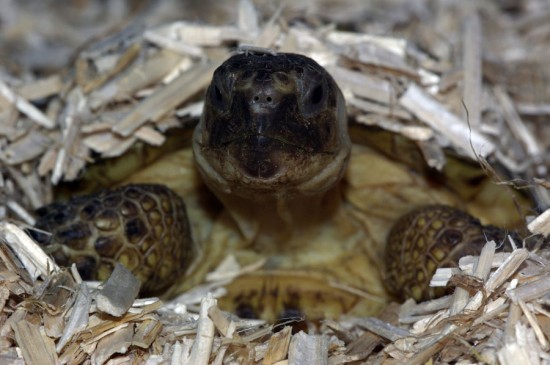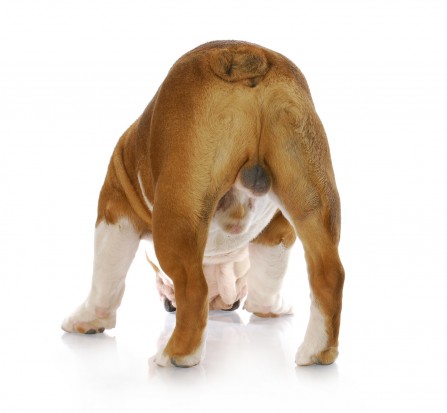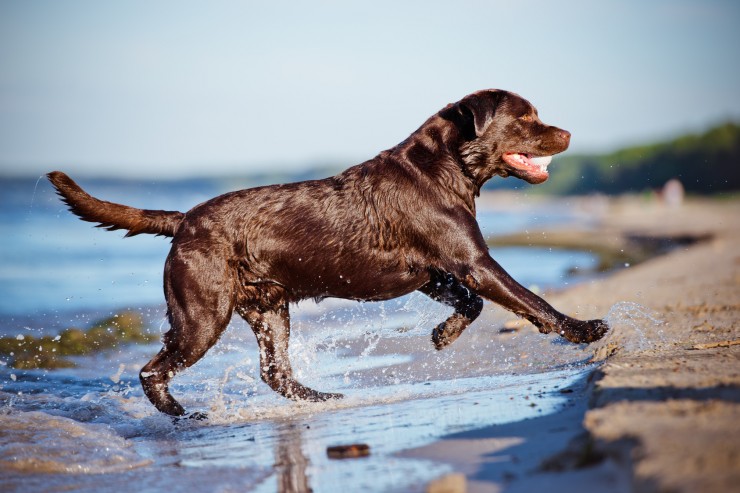
A brief history of the domestication of horses.
Archaeological and paleontological evidence indicates that the horse was domesticated about 3000 B.C.條ater than dogs and cats. At first, horses apparently were herded for meat and milk. Later, when people had learned how to cultivate grain and abandoned the nomadic hunting lifestyle, they began to appreciate the horse for its finer qualities.
It would not have been easy to tame the horse for human use. The horse is a skittish animal by nature; its instinct is to panic and flee when someone mounts its back, because that is how predators accomplish the task of bringing down a horse. Yet, fortunately, humans persisted in earning the horse抯 trust. Domestication and training of horses had a profound impact on the people of Europe and Asia. Travel became far less limited, and people began to explore and conquer.
As society became more civilized, the horse抯 job requirements changed from carrying the knight into battle to pulling plows, stagecoaches, mail wagons, and even the first trains.
With the invention of the internal combustion engine, the horse抯 place of importance on farms and other workplaces all across America became threatened. Most families were unable to keep such large animals as pets, and untold numbers of work horses, tragically, were slaughtered.
Thankfully, horses, not unlike dogs and cats, are now being recognized for their giftedness in helping humans on a more personal level. Organizations are pairing horses with people梑oth kids and adults梬ith special needs, to the benefit of both. Generally, the horses used in therapeutic horseback riding programs are 搒enior?horses, who otherwise might be put out to pasture (or worse). Individuals with a wide range of physical, mental, and behavioral challenges gain self-esteem and discipline as well as balance, posture, and strength. Further, it has been discovered that a horse抯 walking motion closely resembles that of humans, and that riding a horse can stimulate a person抯 nervous system to duplicate that motion. In other words, a disabled person might learn to walk by riding a horse.
 THE HORSES OF ERATH COUNTY: This Texas County Ain’t Horsin’ Around
THE HORSES OF ERATH COUNTY: This Texas County Ain’t Horsin’ Around
 Preparing Your Tortoise For Hibernation
Preparing Your To
Preparing Your Tortoise For Hibernation
Preparing Your To
 Potential Problems With The Anal Glands In Dogs
Potential Problem
Potential Problems With The Anal Glands In Dogs
Potential Problem
 Why Is My Dog Biting His Tail?
Why Is My Dog Bit
Why Is My Dog Biting His Tail?
Why Is My Dog Bit
 Information About Dogs And Their Mouth Bacteria
Information About
Information About Dogs And Their Mouth Bacteria
Information About
Copyright © 2005-2016 Pet Information All Rights Reserved
Contact us: www162date@outlook.com